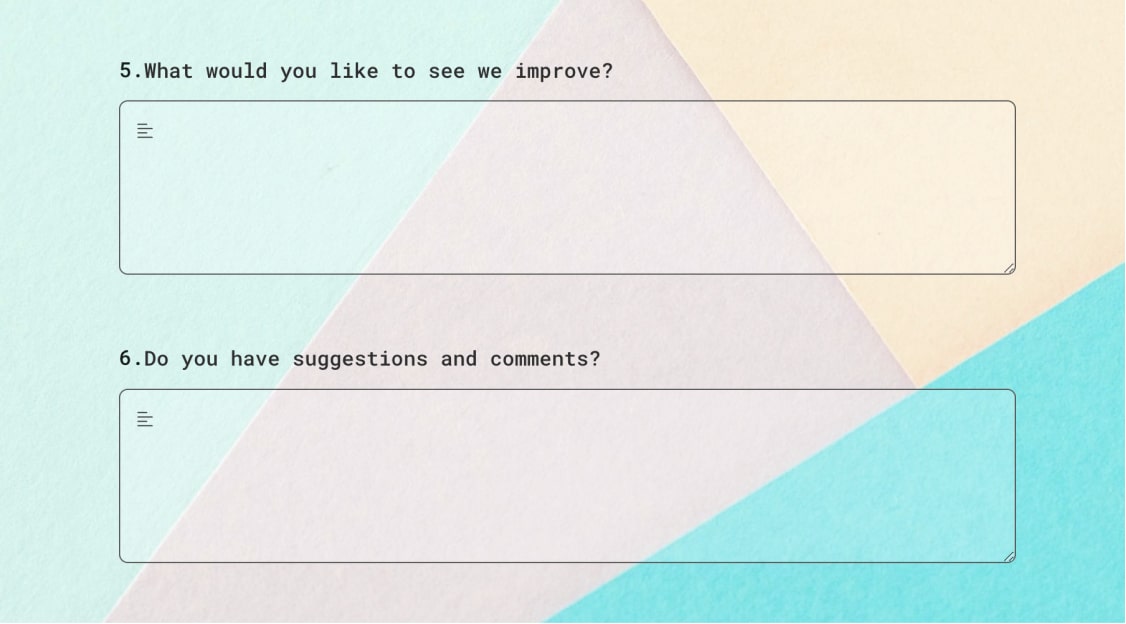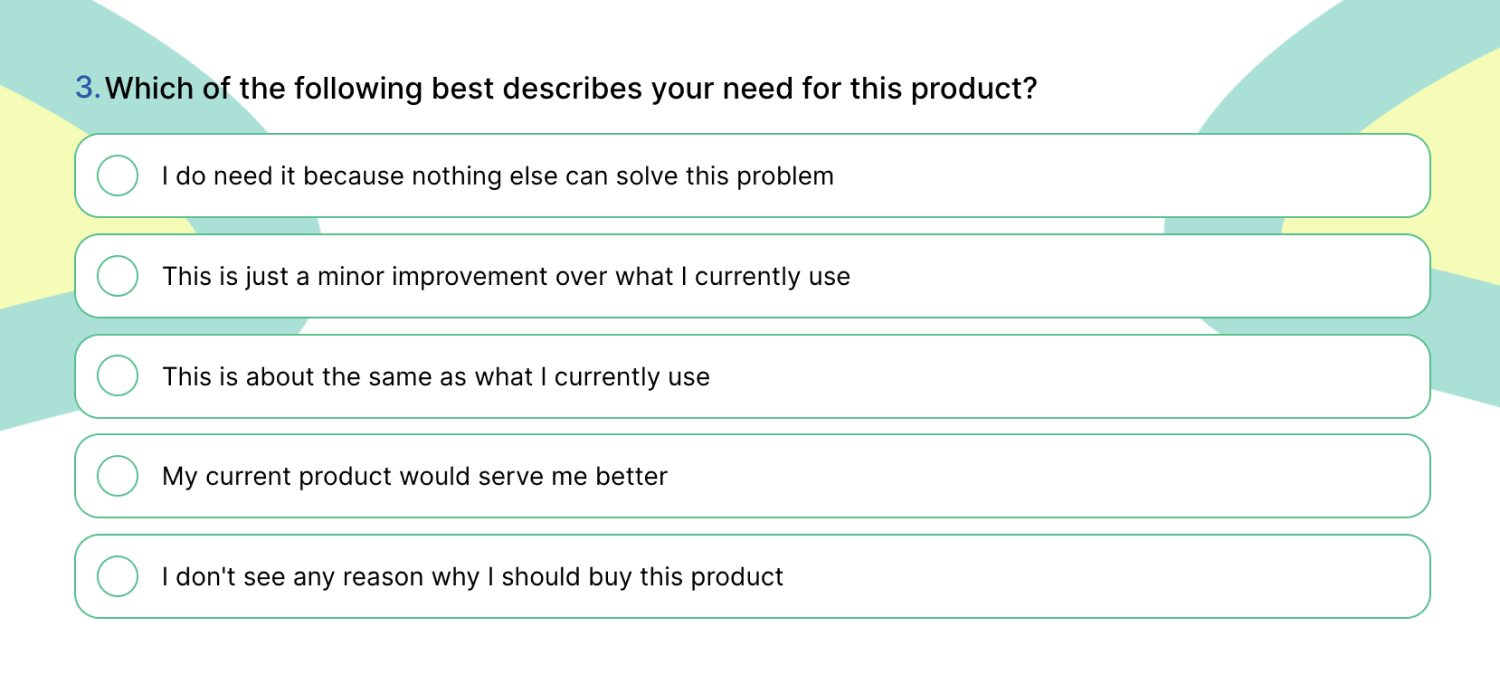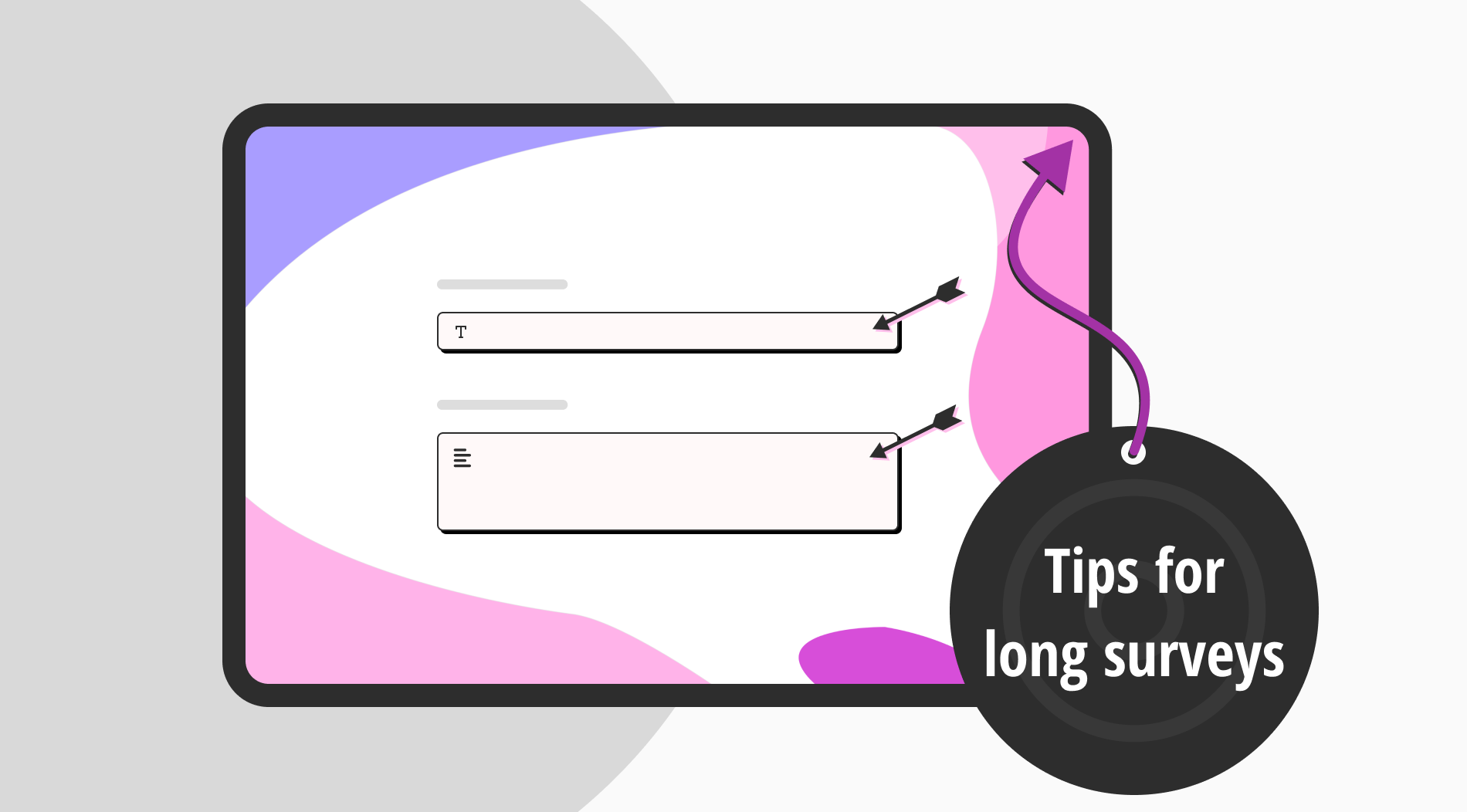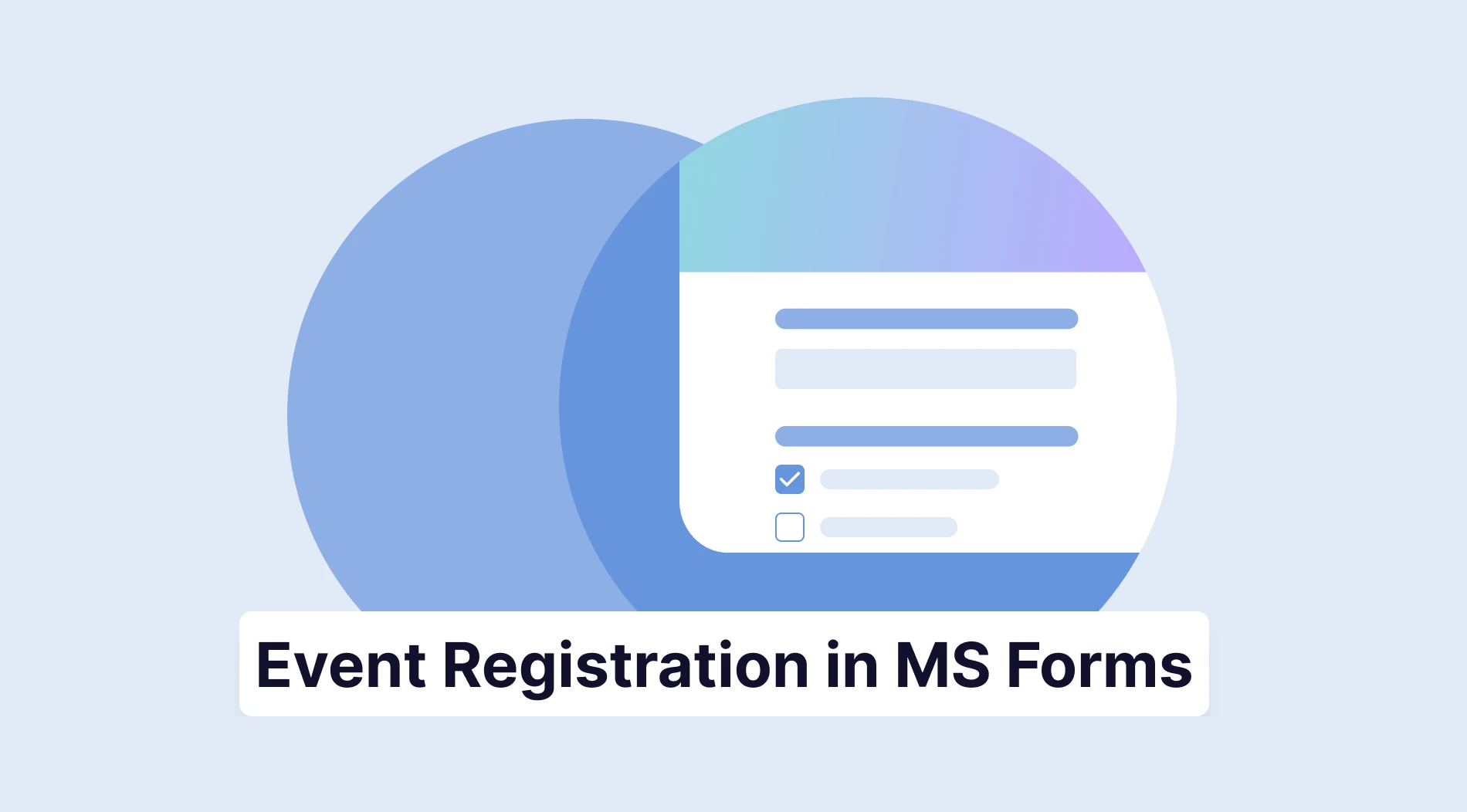As marketers and business owners, we’re often tempted to design long surveys for our audience. Such surveys help you analyze your audience better and understand their perspective on your business.
But not all customers have the patience or willingness to complete a long survey form. However, collecting their feedback is crucial for the long-term success of your business. So you need to strategize on how to retain your customers and boost their participation in these surveys.
This in itself can be quite challenging. In this post, we’ll talk about some of the easy ways to get your customers not to give up on a long survey. But first, let’s understand the importance of long surveys for your business.
Importance of long surveys for your business
Conducting long surveys allows you to add detailed and well-thought-out questions for your users. With a well-crafted and detailed form, you can analyze your audience’s needs, demands, and requirements better.
These insights are important to understand any limitations or loopholes in your business. You can then utilize the data to remove those bottlenecks. This can be true for your products, services, or customer service. By working on these aspects, you can boost customer satisfaction and build a loyal user base.
The long-term success of your business depends a lot on how loyal your users are. But to create a loyal user base, you first need to understand their perspective. Long surveys help you decode this easily by collecting crucial data from your audience.
How to get customers not to give up on a long survey?
Long survey forms can be time-consuming and mentally taxing. So not everyone wants to participate in such a survey. However, if you want to improve your business, getting your user’s feedback is extremely important.
And for that, you need to get your customers not to give up on a long survey. Now the question is, how do you convince them to stay and answer all your queries? Well, it’s not really that difficult.
All you need is a proper strategy and some creative ideas for your surveys. So let’s look at some of the easy ways to retain your customers. Let’s get started.
1. Design customer-centric survey forms
The first thing your users will notice about your survey form is its design. Customers often decide whether to take your surveys or not based on their appearance. By appearance, I don’t just mean its visual appeal but also the format of your questions. There are two types of formats in which you can design your survey forms.
A. Open-ended Q&As
In such a form, you ask a question and leave a blank space for your users to add their input. These forms offer users the liberty to answer the questions more openly.

Open-ended questions on a membership survey
They can add their own thoughts and inputs for every question in the form. But such forms come with a disadvantage. Answering such a survey becomes a lengthy process for your users. Open-ended questions need mental effort.
B. Multiple-choice questions
In such a form, you have a question with a set of more specific answers for the participants to choose from. This format is more customer-centric in nature. Since the choices are already added, it’s easier for the participants to select from them. Besides, it’ll only take them a few minutes to do that.

A multiple-choice question from a concept testing survey
It can help you change your user’s minds and convince them to participate more enthusiastically. So focus on the way you design your form.
2. Create branded forms
The next important point to remember when designing your survey forms is to create branded forms. People love participating in surveys that are conducted by brands they can trust. Branded forms help build credibility for your surveys and get more users to participate.
Designing branded forms might seem challenging if you’re not a designer. But the good news is that there are various tools available that can help you design branded survey forms. So pick a good tool that helps you design such a form.
3. Avoid unnecessary questions
Long survey forms can easily cause fatigue in participants. So avoid any unnecessary or repetitive questions. Carefully analyze each question before you craft your final draft.
Make sure that each question has a purpose and adds to the overall objective of your survey. Adding unnecessary questions can annoy and irritate users. If that happens, they will exit your questionnaire immediately, let alone complete it.
So try to stick to your objective and add only relevant questions. This will help maintain user interest and encourage them to continue answering. Here are a few examples of questions to ask on your customer satisfaction surveys.
4. Phrase your questions to build intrigue
People love answering interesting questions. Such questions give them a reason to participate in the surveys. So by adding such questions to your survey, you can easily boost your participation rate.
Use your creativity to phrase every question to build excitement in your audience. This will encourage them to go to the next question. And will retain them until they complete your survey.
One way of doing that is to gamify your questions. Gamifying your surveys encourages your users to continue answering your questions. It also improves the participation rate and ensures more engagement.
5. Offer incentives to motivate people to take the survey
You can’t expect people to answer your surveys without any returns. As humans, we all love gifts and freebies. So instead of asking your users to take the survey for free, offer them a small incentive in return.
This can motivate them to respond to your call more enthusiastically. You don’t have to offer anything super expensive. Pick your incentives wisely and stay relevant. You can choose something from your niche.
For example, if you run a food and beverage industry, you can distribute a food coupon. This doesn’t have to be specifically from your store alone. You can collaborate with other businesses to create variety in what you’re offering. Here are a few gift or prize ideas for your surveys.
6. Add engaging and interactive elements
Another way to increase your survey completion rate is to add engaging and interactive elements to the form. Long survey forms can be monotonous and boring. This is the prime reason why people quit before completing it.
Adding some engaging and interactive elements in your forms can prevent this. It can make your forms more interesting and fun to engage with. These elements help break the monotony and help maintain user interest.
It’ll also encourage participants to continue answering until they reach the final question. You can add sliders, rating scales, progress bars, drag-and-drop features, etc.
7. Make it mobile responsive
In the age of digitalization, almost everyone uses their mobile to access the internet. According to reports, 64% of people use their mobile phones for lifestyle activities. This, itself, shows how important it is to make your survey forms mobile-friendly.

Make forms for mobile - or make them on mobile
People won’t respond to your surveys if they aren’t optimized for mobile. Such forms are difficult to read and navigate on small screens. This results in a poor response rate and potentially biased results. It will also decrease your engagement rate and negatively impact your results.
So always check how your forms appear on mobile devices before publishing them. Optimize your survey forms for smaller screens to offer a better user experience. This encourages better participation and more accurate answers.
8. Prioritize privacy
Many marketers don’t take their user’s privacy seriously. But this should be one of your topmost priorities. Especially when you’re running your business online. Not every user wants to reveal their personal information at the time of taking surveys.
Gain their confidence by conveying how seriously you take their data privacy. This will help build trust with your respondents and encourage more participation. Besides, protecting your user’s privacy is an ethical consideration.
By prioritizing the privacy of your user’s personal data, you demonstrate your commitment to these ethical practices. This can also positively impact your brand image and improve your reputation.
9. Test your surveys
A lot of times, marketers make their survey forms live without testing them. This can hamper your survey results. Always test your forms before setting them live. You can start by testing them with a small group of customers first.
This helps identify errors and issues that may prevent customers from completing the survey. You can also test it for easy navigation, user-friendliness, and mobile responsiveness. This will help users complete it without any frustration.
Sometimes you might also mistakenly use some biased phrases or words in your form. Such words can reduce the accuracy of the data you collect.
10. Optimize your forms
Once you test your forms, you’ll be able to identify the errors in your form. Your next step will be to rectify those errors to make it more user-friendly. Fix all errors and optimize them to make them more respondent-friendly. This will help you improve user satisfaction and encourage them to complete your forms more easily.
Check for any grammatical errors, technical glitches, or biased words in your form. Fix them immediately before setting it live.
11. Show appreciation and express gratitude

Show you appreciate their efforts
Offering feedback is not as important for your users as it is for you to collect them. Your customers may or may not choose to participate in the surveys.
But if someone has taken the time and effort to do that, make sure to show your appreciation to them. Let them know that you value their input. It’s also important to recognize the importance of their contribution.
This will make them feel valued. It also encourages them to participate in similar surveys in the future. Such gestures also help build a positive image for your company.
Bonus tip: Be transparent about your survey length
Long survey forms can often be frustrating for your users to engage with. But you can make it less frustrating by being transparent about the length of your survey. Be upfront about the estimated time needed to complete the form.
Offer them the option to save their answers and progress. This helps improve your engagement rate. With this option, you let them complete the survey at a later time, if not in one go.
When to conduct long surveys
Long surveys can help you get detailed insight into certain areas. But it’s advisable to run them under specific conditions only. For example, if you’re:
- conducting an in-depth research study
- need comprehensive customer feedback
- when targeting niche-specific audiences, etc.
Making them a regular part of your marketing campaign can annoy your audience. This can eventually convince them not to participate even when it’s not a long one.
So analyze well whether you truly need to conduct such surveys. Run it only if it is absolutely necessary for your business. Otherwise, you might end up defeating the purpose of the survey.
Final words
The data collected through long survey forms can be very crucial for your business. It can help you identify the errors and limitations that are stopping you from achieving your goals. With a long survey form, you can analyze how people perceive your business. The data also helps you improve your business.
But although long survey forms can be super beneficial for your business, it’s not your user’s favorite thing to indulge with. This doesn’t mean that you’ll stop using them. A better alternative would be to identify ways to get your users to participate in these surveys without giving up on it.
The above points are just a few creative ideas to help you do that. By using these creative tips, you can boost user participation in your surveys. It also helps you collect more accurate and reliable data from your users. So do try them out and let us know which one of the above tips is your favorite. We would love to hear from you.



